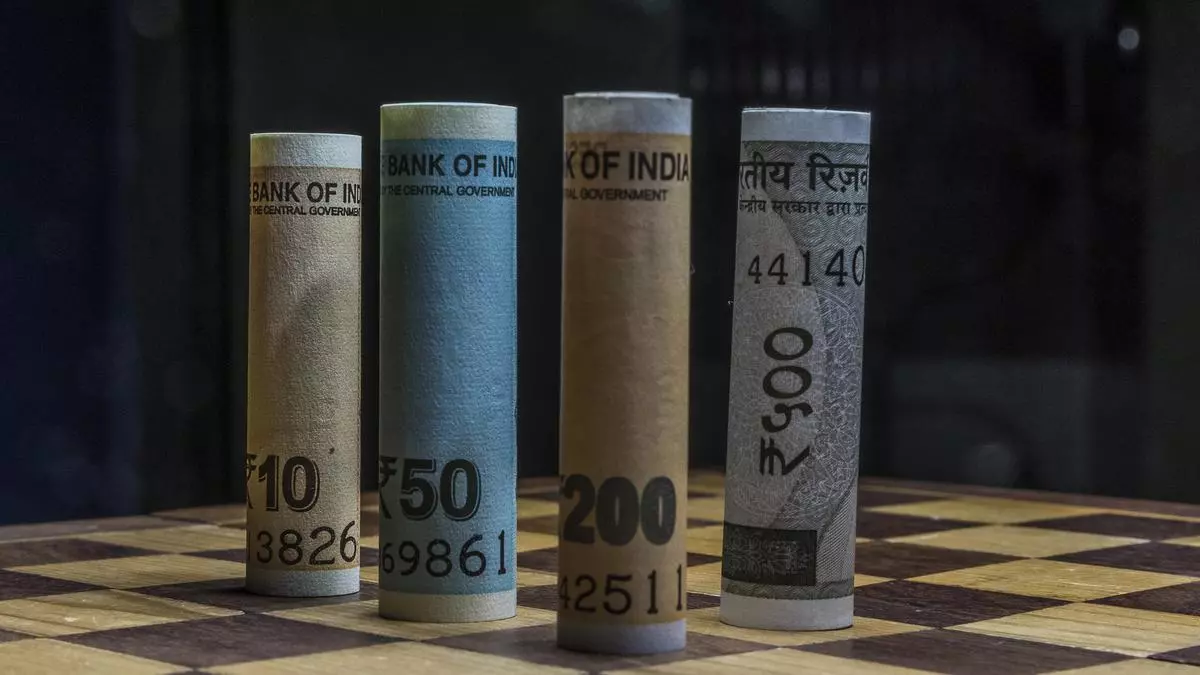India’s currency in circulation reflects strong economic performance
The steady rise in Currency in Circulation (CIC) at 15 per cent compounded annual growth rate (CAGR) in seven years (FY17-FY24) reflects a strong economic performance, and signals a boom cycle, according to CMS’ Consumption Report for 2024.
While UPI was launched in 2016 (FY17) to promote digital payment transactions, CIC increased from Rs 13.35 lakh crore in FY17 to Rs 35 lakh crore in FY24, nearly three times the growth in 7 years, per the report.
The amount of CIC is related to the use of cash as a payment instrument since one of the major forces of demand for currency is its use for making payments, according to a February 2020 RBI study.
The CMS Cash Index (CCI) and the HSBC India Composite Purchasing Managers Index (HSBC ICPMI) have been exhibiting a strong correlation since April 2016 while indicating how cash usage is closely linked to economic growth and consumption in a country, the report said.
CCI is a weighted index consisting of two factors: the cash that goes into circulation via the ATM channels as replenishment and the cash collected from organised retail channels after consumer purchases.
HSBC ICPMI gauges the vibrancy of the economy through the expansion and contraction in economic activity.
“Smaller economies such as Brazil, South Africa, Russia and the UK ahd much lower volumes of CIC (as a percentage of their GDP) when compared to the larger economies such as the US, China, Japan and India, thereby indicating the direct correlation between CIC and the size of the economy,” CMS said.
ATM withdrawal trends
In FY24, fourteen out of 23 states and union territories (UTs) witnessed 6.45 per cent year-on-year (yoy) growth in the annual average ATM withdrawal, while nine states and UTs saw an average 4.14 per cent decline, per the report.
The monthly average ATM cash withdrawals (used as a proxy for consumption spending) grew 5.51 per cent to Rs 1.43 crore in FY24 from Rs 1.35 crore in FY23.
In terms of absolute withdrawal per ATM, Karnataka saw the highest annual average wtihdrawal of Rs 1.83 crore during FY24, followed by Delhi (Rs 1.82 crore) and West Bengal (Rs 1.62 crore).
On a monthly basis, the average ATM cash withdrawals in FY24 were higher compared to FY23, with withdrawals in 10 out of 12 months exceeding the FY23 monthly average of 7.23 per cent.
CMS said a deeper analysis of ATM cash withdrawals leads to the emergence of two major consumption trends – consumption is reaching the grassroots even as metros continue to hold sway, and five major hotspots (Delhi, Uttar Pradesh, Tamil Nadu, Karnataka, and West Bengal) of consumption spending.
“For an economy to flourish, it is imperative that the payments ecosystem allows all modes of transactions. Cash payments are an indispensable complement to mobile, electronic, and other forms of digital payments.
“This balance is especially vital for a consumption-driven economy like India, where the ability to spend influences overall economic health,” the report said.
The report assessed that the top five retail sectors with highgrowth in consumption in FY24 were: media & entertainment (M&E), FMCG, railway, aviation, and durables.
In FY23, the top five retail sectors with high consumption growth were petroleum, media and entertainment, railway, aviation, and footwear.
